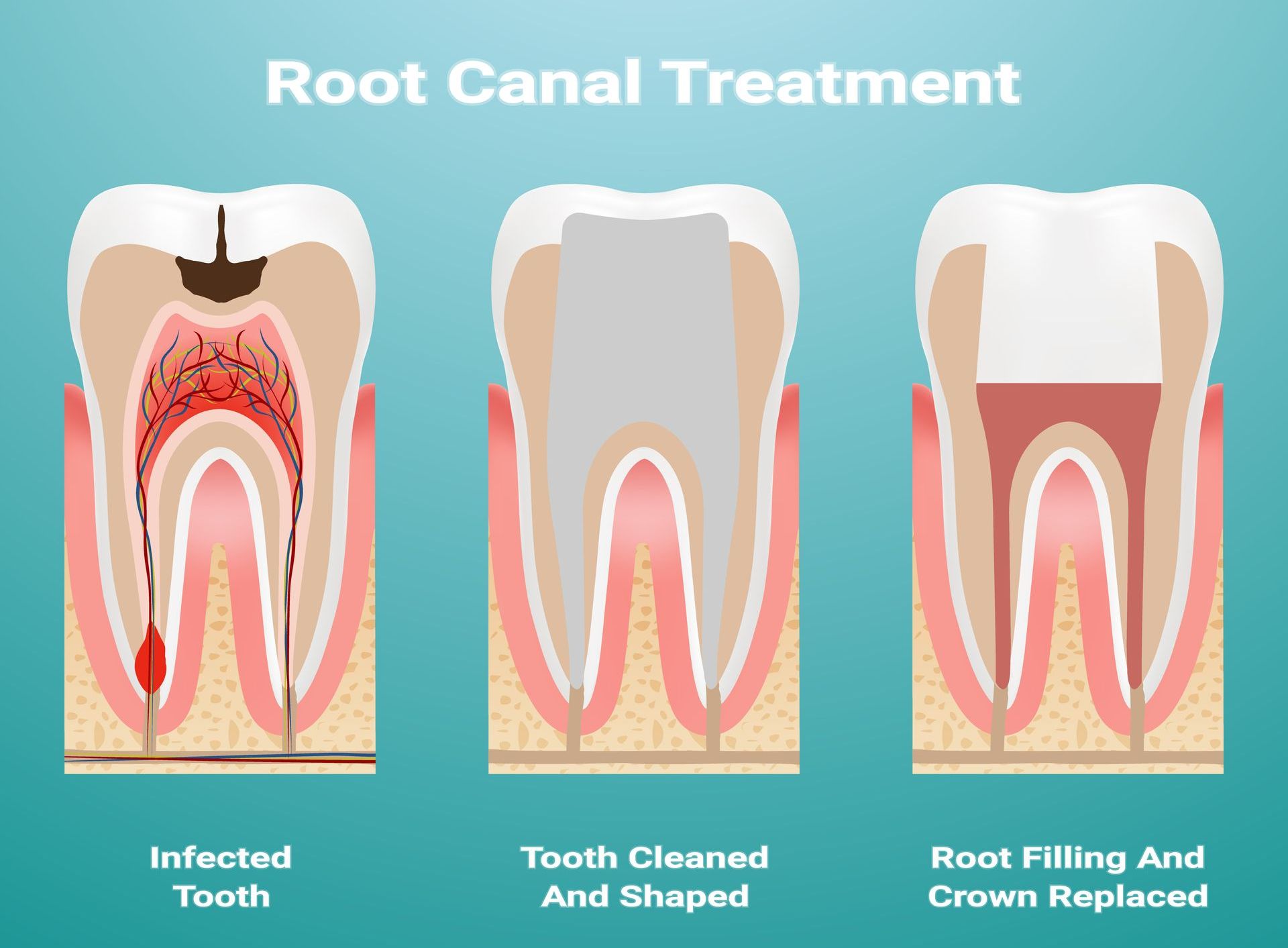Root Canal Therapy: A Complete Overview
Understanding the Procedure and Benefits of Root Canal Treatments

Root canals often carry a misunderstood reputation, clouded by misconceptions of discomfort and pain. In reality, this treatment serves as a solution to alleviate pain and toothaches while addressing critical dental issues. Delving into the world of root canal therapy unveils its importance, procedure, and aftercare, ensuring a clearer understanding and debunking popular myths.
Infections within a tooth arise when decay penetrates deep into the tooth pulp, necessitating its removal to prevent further complications. Failure to address the decay-causing bacteria infecting the pulp can lead to dire consequences, including the spread of infection to adjacent tissues, triggering abscesses and other detrimental conditions.
Procedure Overview
Root canal therapy, a facet of endodontics, focuses on the inner workings of a tooth. Every tooth harbors a hollow space housing the tooth pulp, pivotal in heat and cold detection, essentially maintaining a tooth's vitality. Indicators of needing a root canal may encompass pain, abscesses, and swelling, albeit some cases might show no visible symptoms, underscoring the significance of regular dental visits for early detection by trained professionals.
Root canal therapy initiates with local anesthesia to numb the tooth and its vicinity. Utilizing a rubber dam, dentists isolate the tooth, creating a minuscule access cavity using specialized tools. This opening facilitates the removal of dead or infected pulp and subsequent cleansing with dental files, ensuring meticulous cleaning to eradicate contaminants.
The cleansing process broadens the cavity, enabling the placement of gutta-percha, a natural filling material, into the root canal. A temporary filling protects the tooth post-procedure until the final sealing, emphasizing the need for cautious treatment and dietary precautions to avoid potential damage and reinfection.
Post-treatment Care
Following a root canal procedure, dental crowns often become imperative to restore the tooth. While fillings suffice for anterior teeth, posterior teeth like molars demand the support of a crown due to the substantial material loss during the root canal.
Once the permanent restoration is in place, maintaining optimal oral hygiene is paramount. While crowns and fillings offer structural strength, diligent care and thorough oral hygiene routines are pivotal for long-term success. Proper home care ensures a healthier dental future, steering clear from frequent root canals and fostering enduring tooth health.







